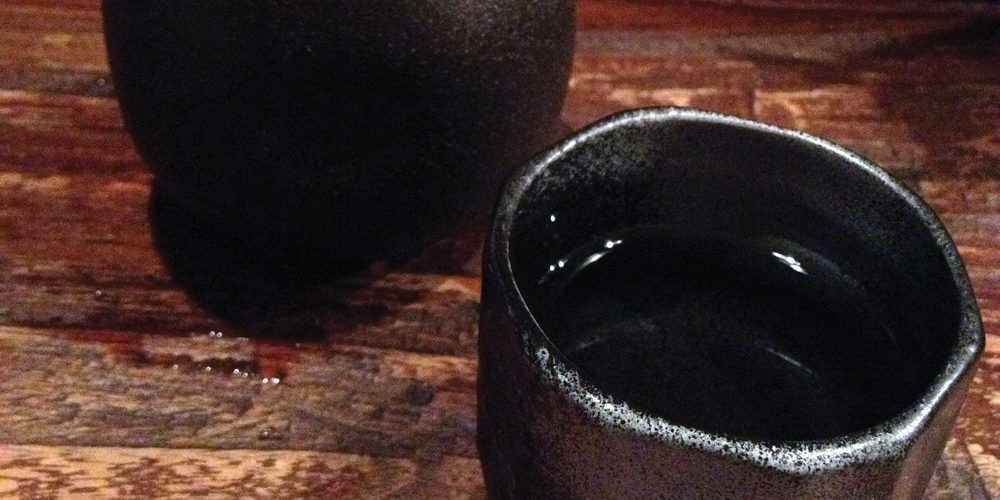You just never know how things will go.
When we embarked on this Sake Today project, I admit we were facing the unknown. The time seemed right, and a good dose of luck and providence seemed to be involved as well. Sure, sake seemed to be gaining in popularity, but was there enough interest to justify an actual printed sake magazine? The question was intriguing to say the least.
Nothing like this had ever been attempted—a magazine entirely about sake, and in English. There are not even any regularly printed magazines dedicated to sake consumers in Japanese. Not currently anyway. So we had to approach the project carefully, properly and gently.
We also had to get the word out to what is, in many respects, still a small niche market. Sake is hardly mainstream (though we are working on that). How can we get the word out to those we know would be interested? Will they support us? Will the requisite interest to sustain a magazine be there?
The only way to know, of course, would be to just do it. And so we did.
In short, the response from all corners has been above our expectations. Sake brewers supported us with advertising. Readers supported us with both purchases and positive feedback. And members of the sake industry in Japan that are not actual producers have all been positive in their collective expressions amounting to “It’s about time!”
Emboldened by this, we have decided to push our luck. Originally, Sake Today was going to be a biannual publication. That, we initially figured, would be enough. With a mere two issues a year, we could satiate the thirst for sake information and start to bring together the industry with those that love sake all over the world. But the reaction from both the industry and consumers has been encouraging enough that we are going to bet on sake’s growing popularity and crank it up a notch to a quarterly publication.
We’ve also made it possible for you to subscribe to Sake Today to ensure you automatically get the next issue sent to you without having to go through the ordeal of an online purchase every quarter. The web address for our subscription page is at the end of this article. Don’t miss out on a single issue.
There is an expression in Japanese, 敷居が高い, shiki-i ga takai, meaning “high threshold,” as in the threshold of an entrance to a piece of property. More succinctly explained, when one enters the gate of a traditional residence or establishment, the main gate has a door that slides open on a grooved frame. The platform that holds the grooved base is necessarily somewhat raised off the ground, and so one must step over it to enter. This raised base is a shiki-i, and the higher it is, theoretically the harder it is to enter.
Of course, no shiki-i in the real world makes it difficult to enter the premises. The expression shiki-i ga takai implies a world to which entry for the beginner is not so easily accessible. It applies to something that is less than fully approachable, or hard to get started.
While entry to the sake world may have been like that for many, Sake Today aims to change that. We want to lower the height of the threshold and make sake more approachable, accessible and inviting to people all over the world.
In Sake Today this Issue
We have much to do to improve mainstream consumers’ familiarity with sake, and the most important step towards that goal is to show how and where it is made. For many enthusiasts, “brewed from rice using this koji mold stuff for starch-to-sugar conversion” is probably sufficient explanation. But showing and explaining the mechanical processes in detail—explaining just what is done, why it is done, and introducing some of the myriad variations of each step—will surely bring sake closer to us all.
What we call a sake brewery in English is called a kura or sakagura in Japanese. Most are built using traditional Japanese architecture developed over centuries of trial and error, and the timeless architectural principle that “form follows function” is evident everywhere, as most sakagura are beautiful structures. But modern facilities as well are interesting, functional and just damn cool to be in. In each future publication, we plan to showcase one or two kura; we will lay the groundwork in this issue with a general introduction to a typical sake brewery’s layout, structure and flow. With so much variation in the industry, the task will be formidable, but we must begin somewhere.
Haruo Matsuzaki, one of the most renowned sake experts in Japan, touches on sake history and describes in illuminating detail what makes Nada the most significant sake-producing region in Japan. Acclaimed sake and shochu writer Atsuko Sando delves into the significance of several toji, or master brewers, a subject on which she has written an entire book.
Sake and food pairing is another topic brimming with potential—and everyone wants to know how to do it right. There are many takes on this, yet at the same time there is no one proper way or even universally accepted approach. So Sake Today plans to present a range of approaches used by those in the sake-and-food-pairing trenches. We start with Master of Wine and sake cognoscenti Antony Moss presenting a combination of theory and practice.
Add Tony McNicol’s inside look at the sake scene in London, a few more odds and ends, and Sake Today is jumping right into the flow of seminal sake information.
Enjoy the second issue of Sake Today!
John Gauntner






